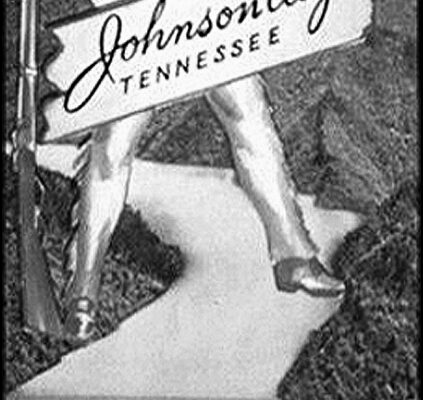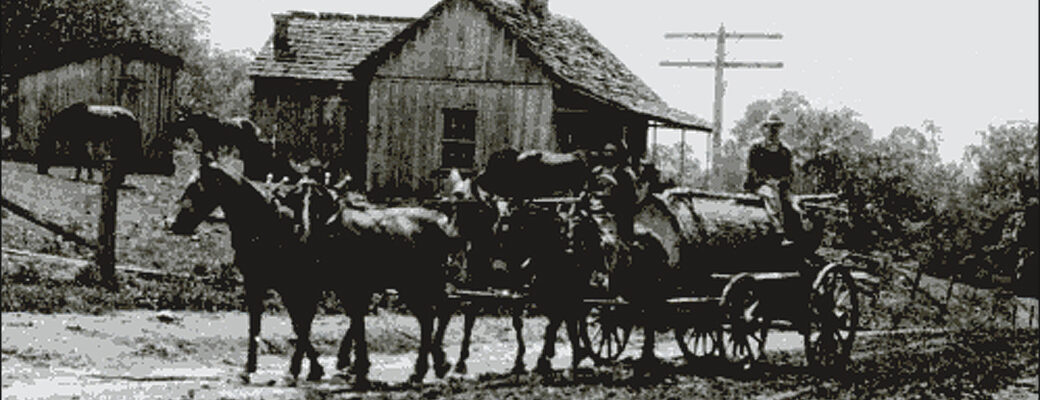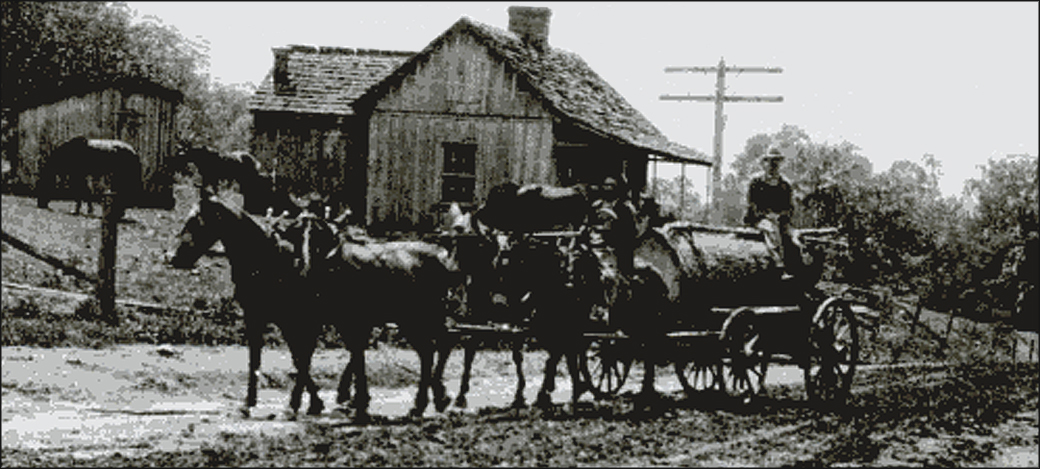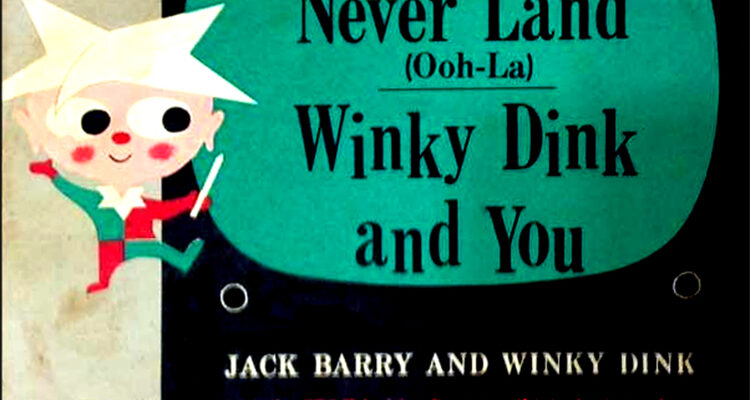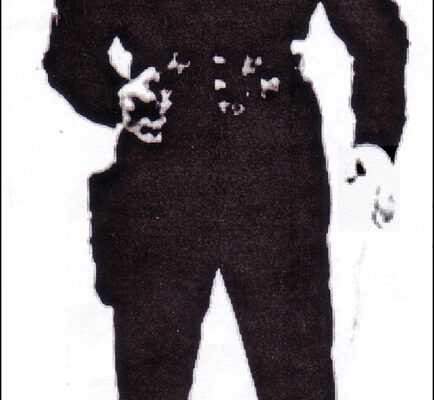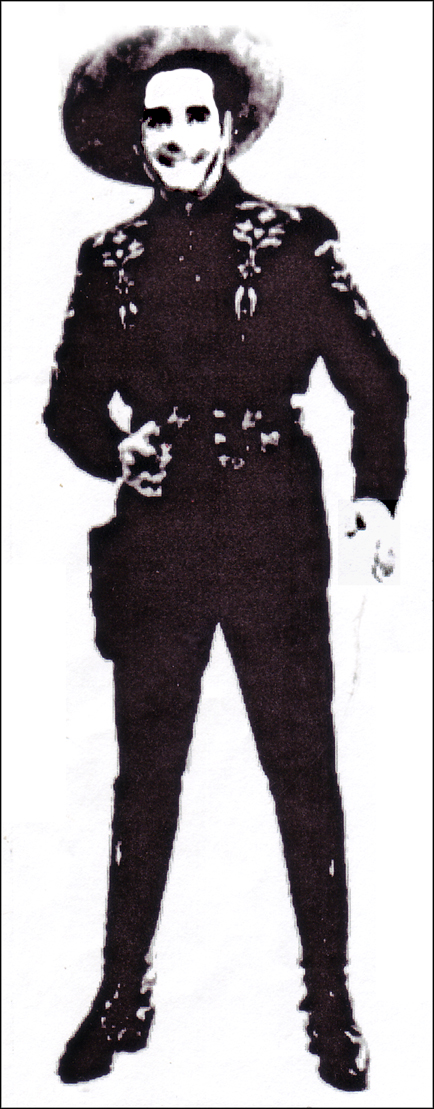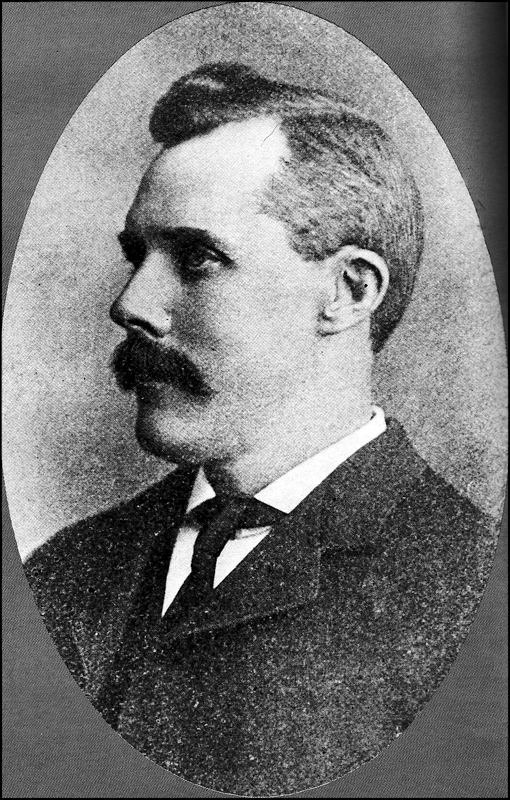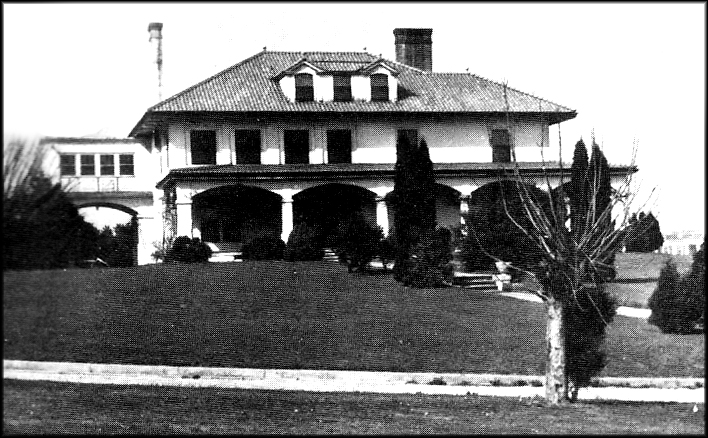I acquired an old brochure titled: “The Land of the Long Rifles Welcomes You to the Nation's Frontier Playground, East Tennessee.” Although the publication is not dated, I will address in my last paragraph two clues that identifies the date.

“Here is a country bordered by magnificent mountain ranges, network by great man-made lakes, rich in verdant fields and lush forests, watered by swift mountain streams – a paradise for the recreation and beauty seeker.
“The northern sector of this new vacationland is the 'Land of the Long Rifles,' it's natural beauty preserved much as when it lured famous pioneers and Indian-fighters-to-be over the mountains to settle in this wonderful land of promise.
“Through its green countryside still stride the shadows and legends of Daniel Boone, Andrew Jackson, Davy Crockett, John Robertson, John Sevier, Robert Young and the men in buckskin who marched to meet the British at Kings Mountain. Peopled by the vigorous Anglo-Saxon descendents of such men, this section today boasts rich farms, thriving industries and urban centers.

“Capital of the 'Land of the Long Rifles' is Johnson City, economic, educational, cultural, tourist and trading center for a population of 250,000 within a radius of 35 miles. Located on the Broadway of America (U.S. Highways 11-E, 19-W and 23), it is served by three railroads (the Southern, the Clinchfield and the ET&WNC), three airlines (Capital, Piedmont and American) and five bus lines (Queen City Coach Co., Tennessee Coach Co., Yellow Coach Co., Johnson City Transit Co., and Washington County Bus Line). A private plane facility, Tri-Cities Airport, is located only a mile from the city limits.
“Johnson City offers you excellent hotel, tourist home, motel and restaurant facilities. More than 400 rooms, each with a bath, are available.
“Headquartering here, you may make an endless variety of nearby scenic drives to historic points and take one day tours into Kentucky, Virginia and North Carolina.
“Modern Johnson City has two four-year colleges (Milligan and East Tennessee State), excellently equipped and located on beautiful grounds.
“Shopping center to customers from four states, Johnson City's attractive stores transact more than $35 million in sales each year
“Excellent facilities for golf, swimming, tennis, horseback riding, bowling and similar sports are available to the recreation seeker. In addition to many other spectator sports, a St. Louis farm team promotes league baseball and each Thanksgiving, the annual Burly Bowl game matches two of the nation's top smaller college teams in a colorful football event.

“The visitor may choose from six theaters, enjoy “Little Theater,” college and legitimate stage productions. Johnson City is also on the regular circuit of many of America's top dance bands and concert artists.
“Nimrods (hunters) and Izaak Waltons (anglers) alike find happy hunting grounds near Johnson City. A short drive from modern accommodations here, you may fish in any of a number of lakes, rivers and mountain streams, teaming with small and large mouth bass, brook (speckled), rainbow and brown trout.
“And it's the same with hunting. Perhaps the best ruffed grouse hunting in the southeast is done within 20 miles of Johnson City. Quail, dove, duck, rabbits and squirrels are plentiful in the lowlands, and the state is extensively stocking dear, bear and turkey.
“Less than 20 miles from Johnson City are two great lakes formed by TVA dams. The South Holston is still under construction while Watauga Lake, just completed, offers the boating and fishing enthusiast hundreds of miles of shoreline for sport. It's level has the highest elevation of any TVA Lake. Watauga Dam, wedged between two mountains, is the world's highest earth-field Dam.
“You may choose from five separate highways leading into the majestic Appalachian range only a 30-minute drive. The summits of two of the most beautiful nearby mountains, Beauty Spot and Roan, may be reached by automobile. Wherever the visitor's fancy takes them, they are assured of an ever new panorama, breathtaking vistas and indelible memories of “The Land of the Long Rifles.”
“The gateway to the Cherokee National Forest, Johnson City has more than 30,000 residents who enjoy its delightful year-round climate and love its ever-changing panoramas. It was the land where liberty was proclaimed before the bell rang out in Philadelphia, a land of cool summer nights and mild winters, a land of 'sports afield and fish astream.' It bids you welcome every day of the year.
“We invite you to Johnson City to work, play, shop, tour, study and live.”

The brochure also contained several sketches and photographs that included the following: Photo 1: a caricature of Davy Crockett decked out in his native garb, Photo 2: (t to b) aerial view of Johnson City's business district; Memorial Stadium, the City Recreation Center; John Sevier Hotel, 10-story modern hotel; and Tri-City Airport. Photo 3: Mess Hall at Mountain Home Veterans' Center; New Science Building at East Tennessee State College; modern Johnson City motor courts and state and federal highways that traverse the mountains.
As I previously noted, the date of the publication, while not specifically listed, can be determined from the comments about the South Holston Dam still being in construction (1942 to 1950) and the Watauga Lake Dam (1942 to 1948) having just been completed. The brochure was produced in 1949.
